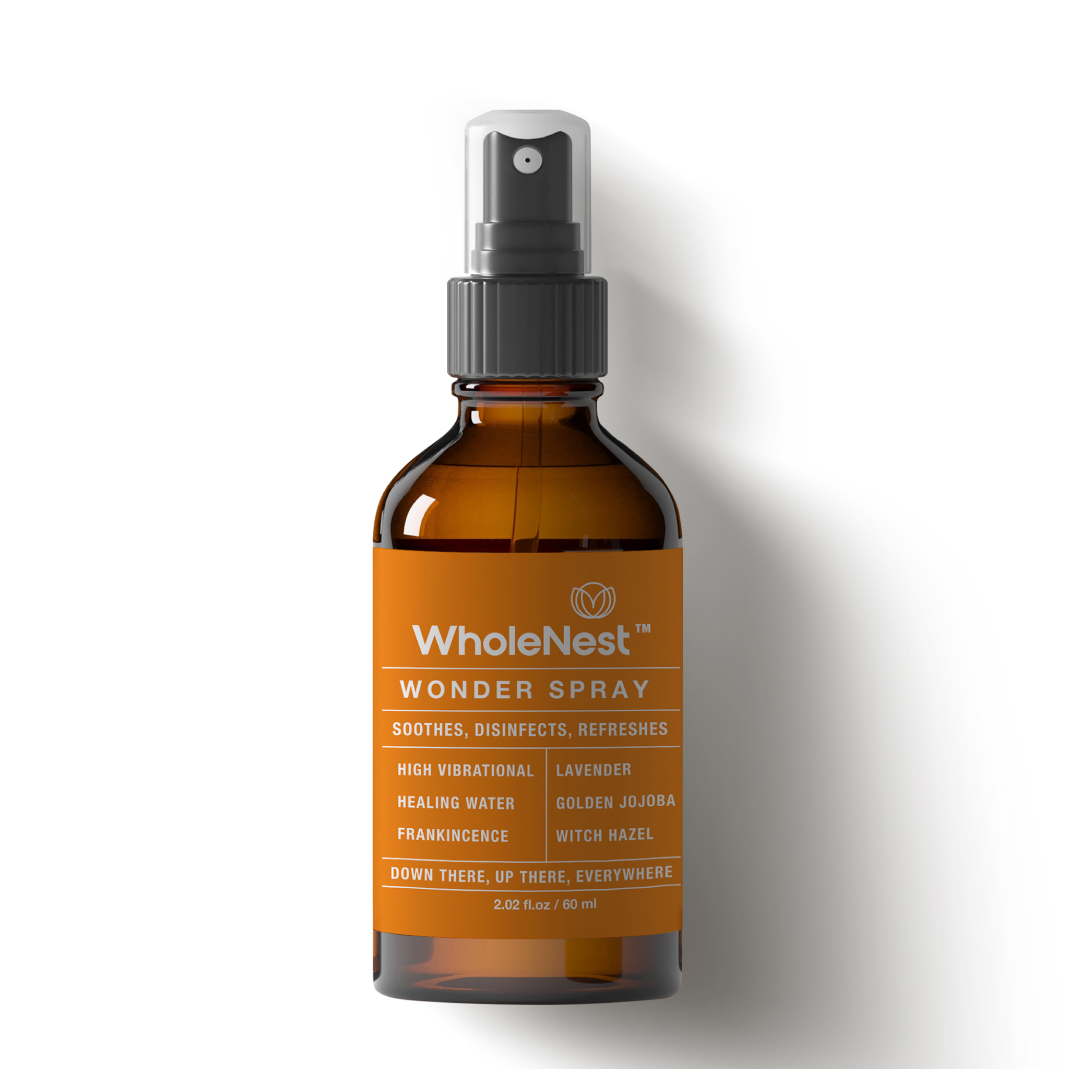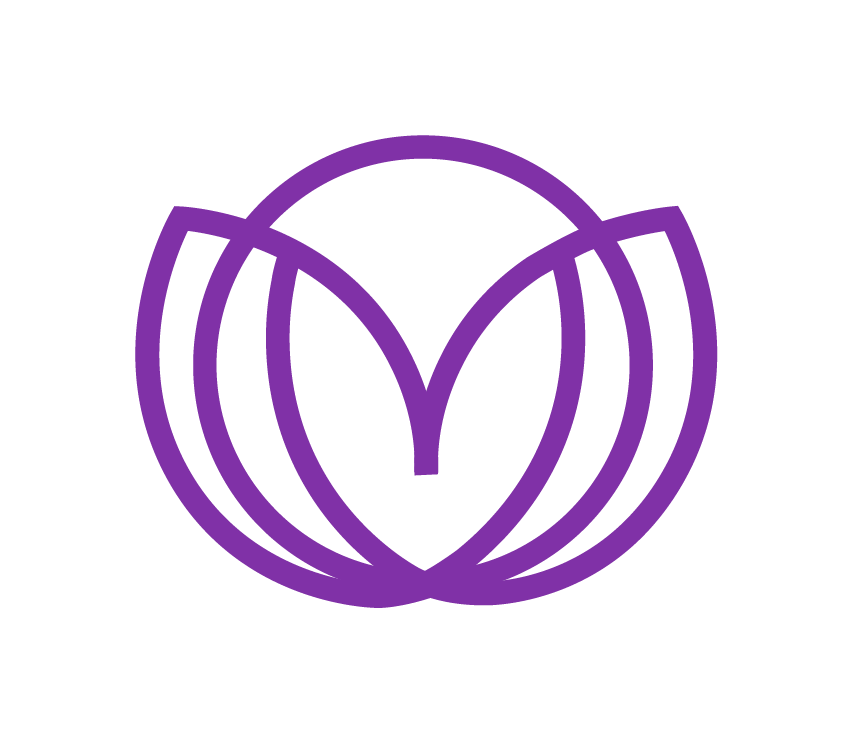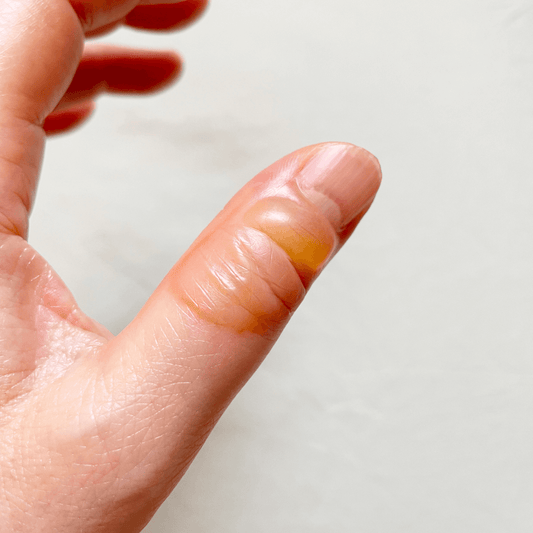Welcome, dear moms-to-be. In this blog, you'll read about episiotomies and tearing during labor and delivery. Whether this is your first journey into motherhood or you are walking the path once again, knowing the pros and cons of these two scenarios can help you feel more prepared for the big day.
So what exactly do episiotomy and tearing involve and why are they important? Let’s talk about it and explore its implications and weigh the pros and cons. No matter your preferences when it comes to giving birth, if you're well-informed you'll be prepared to make confident decisions and face the birth experience with strength and understanding.
|
TABLE OF CONTENT Tearing: The natural alternative |
What is an Episiotomy?
Episiotomy is a surgical incision made in the perineum - the area between the vagina and the anus - during childbirth. The main purpose of this procedure is to widen the vaginal opening, decreasing the likelihood of large tears during childbirth. It is usually performed under local anesthesia, which ensures minimal discomfort to the mother during the process.
Episiotomies have been standard practice in obstetrics for decades, but their necessity and benefits have been the subject of debate in recent years. While some health professionals advocate routine episiotomy to prevent serious tearing and speed up labor, others point to the importance of allowing natural tearing to occur, as it can be less traumatic and speed healing for the mother.
But, like any medical intervention, episiotomy carries risks. Inappropriate care of the incision area can lead to infection, cause discomfort, and prolong the healing process. You may also have difficulty urinating or defecating immediately after the procedure, due to swelling and discomfort in the area. There is a small chance of incontinence or sexual dysfunction in the future as a result of the episiotomy, although it is rare.
This means that while episiotomy may be beneficial in certain situations, it is essential to carefully consider the pros and cons and discuss the options with your healthcare provider. After all, your comfort and well-being during labor are of utmost importance.

Tearing: The natural alternative
Now let's talk about tearing, a natural phenomenon that occurs during childbirth and is often of concern to moms-to-be. Unlike episiotomy, tearing occurs when the perineum is stretched beyond its normal limits as the baby makes its grand entrance into the world.
Tearing may seem like a traumatic experience, but keep in mind that our bodies are designed to accommodate this process. In fact, many mothers find calm in the idea that tearing is a natural part of childbirth, allowing the body to adapt and adjust as needed.
One of the advantages of tearing is that it eliminates the need for medical intervention, with no needles or surgical incisions. In addition, tears often heal on their own without complications, thanks to the body's extraordinary ability to repair itself.
However, tears present their own difficulties. For starters, tears can be more painful than episiotomies, since they occur spontaneously and cannot be anesthetized in advance. Plus, recovery time can be longer, as the body naturally repairs the tissue, requiring patience and gentle care during the healing process. And, as with episiotomy, there is a small risk of infection if the tear is not properly cleaned and cared for after delivery.
While the idea of tearing may seem traumatic, it is essential to remember that the body is designed for childbirth and that tearing is often a natural part of the process. Open your mind to the body's innate abilities and trust in your ability to overcome them.
Comparing Episiotomies and Tearing
When deciding between an episiotomy and tearing, it's helpful to consider the pros and cons of each option. Here’s a straightforward comparison to guide you:
Episiotomy: Pros and Cons
Pros:
- Precision: The incision is controlled by a doctor, making it more precise than a natural tear.
- Pain Management: Local anesthesia is used, so you won’t feel pain during the procedure.
- Shorter Recovery: Typically, recovery time can be shorter compared to natural tears.
Cons:
- Risk of Infection: There is a risk of infection if the incision isn’t properly cared for during the healing process.
- Immediate Discomfort: You might have difficulty urinating or having a bowel movement due to swelling and pain in the area.
- Long-term Complications: There’s a small chance of experiencing incontinence or sexual dysfunction later on.
Tearing: Pros and Cons
Pros:
- Natural Process: No surgical tools are involved; your body handles the process naturally.
- Self-healing: Tears usually heal on their own without complications.
- Lower Long-term Risks: There is a lower risk of long-term issues such as incontinence or sexual dysfunction compared to episiotomies.
Cons:
- Pain: Tears can be more painful because they happen spontaneously and can’t be numbed beforehand.
- Longer Recovery: Recovery time might be longer as your body repairs the tissue naturally.
- Infection Risk: There is a small risk of infection if the tear isn’t kept clean and properly cared for.
Making the Decision: What's Best for You
Deciding between an episiotomy and natural tearing is a personal choice and should be made based on your comfort level, medical advice, and birthing plan. Here are some factors to consider as you make this important decision:
- Talk to your healthcare professional: Have an open conversation with your doctor or midwife about the possible need for an episiotomy and their opinion on natural tearing. Knowing their point of view and experience can provide valuable information.
- Understand your birth plan: If you have a specific birth plan, consider how episiotomy or natural tearing fits into it. For example, if you want to have a more natural birth, you may prefer to avoid surgical interventions unless absolutely necessary.
- Consider your medical history: Your medical history and possible complications should influence your decision. Some situations may warrant an episiotomy to ensure a safer delivery for you and your baby.
- Evaluate your pain management options: Think about your pain management options. While episiotomy involves anesthesia, natural tearing occurs without prior anesthesia. Understanding your pain tolerance and preferences can guide your choice.
- Evaluate the effects on recovery: Recovery times and possible complications differ between episiotomy and natural tearing. Consider how each option may affect your postpartum recovery and your daily life in the future.

Every birthing experience is unique, and what works for one mother may not be the best for another. Trusting your instincts and working closely with your healthcare provider will help you make the best decision for you and your baby. Childbirth is a deeply personal experience, and every step you take brings you closer to welcoming your little one into the world. Embrace the journey, trust your body, and lean on your support system. You've got this, mama!





